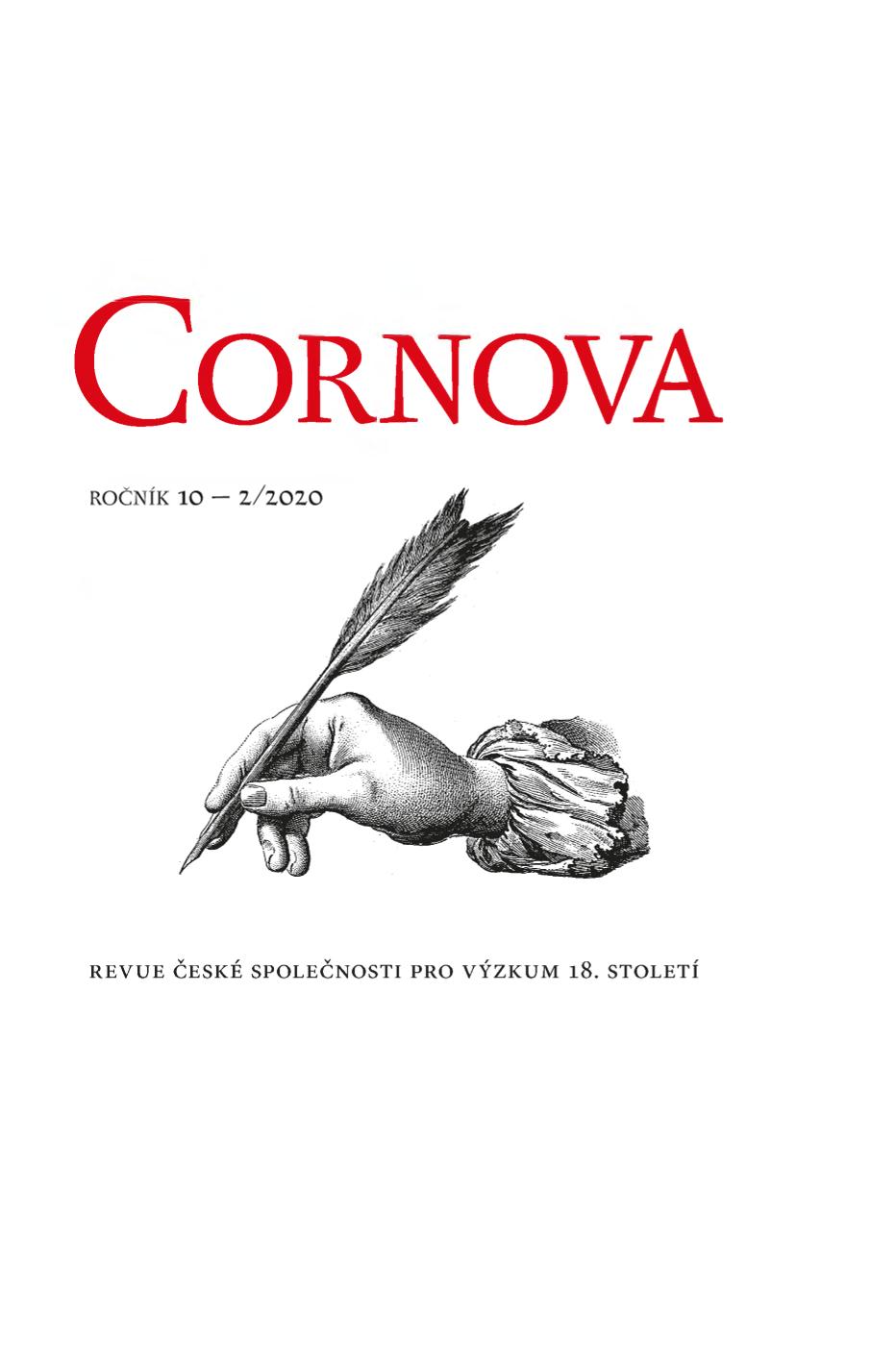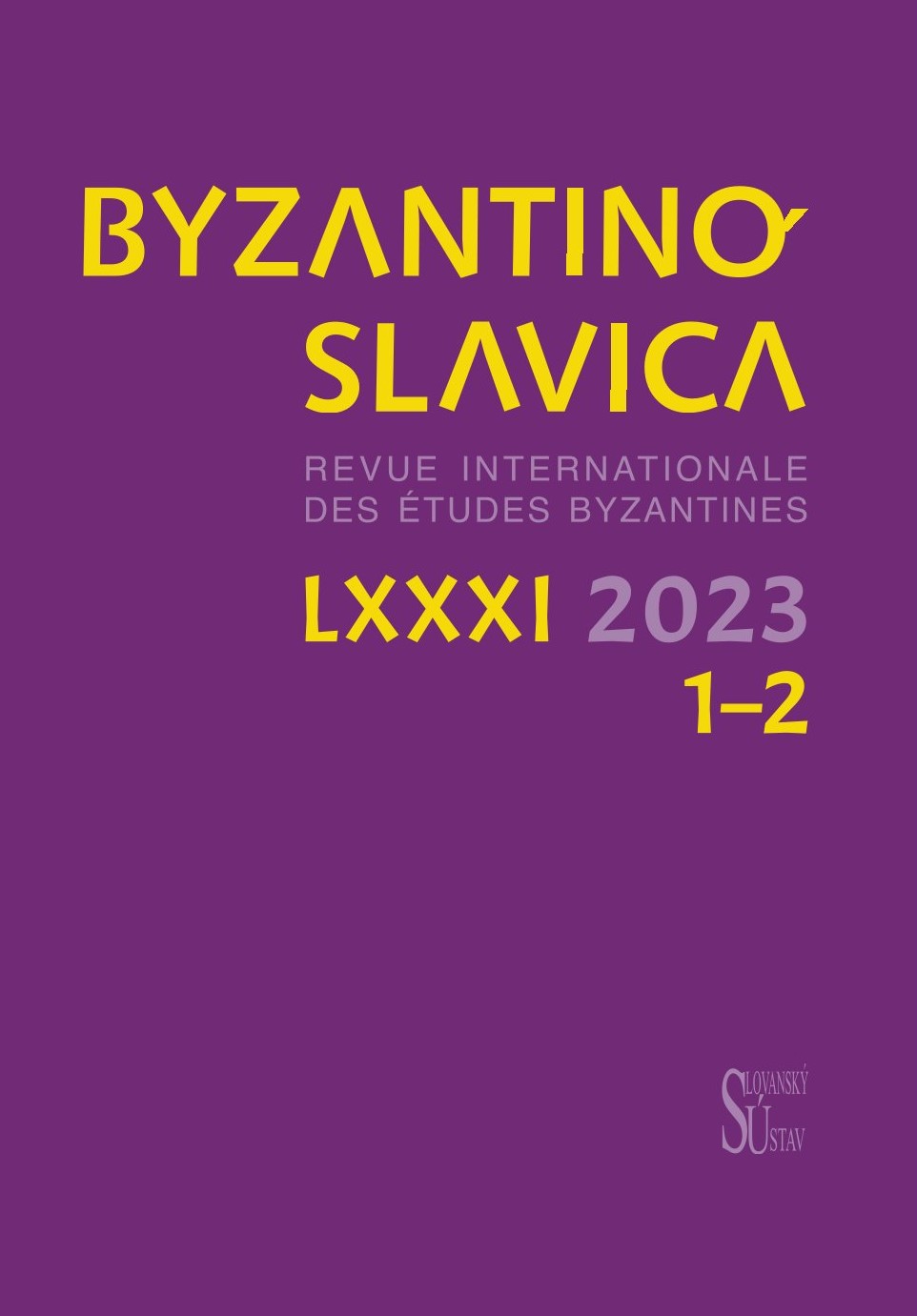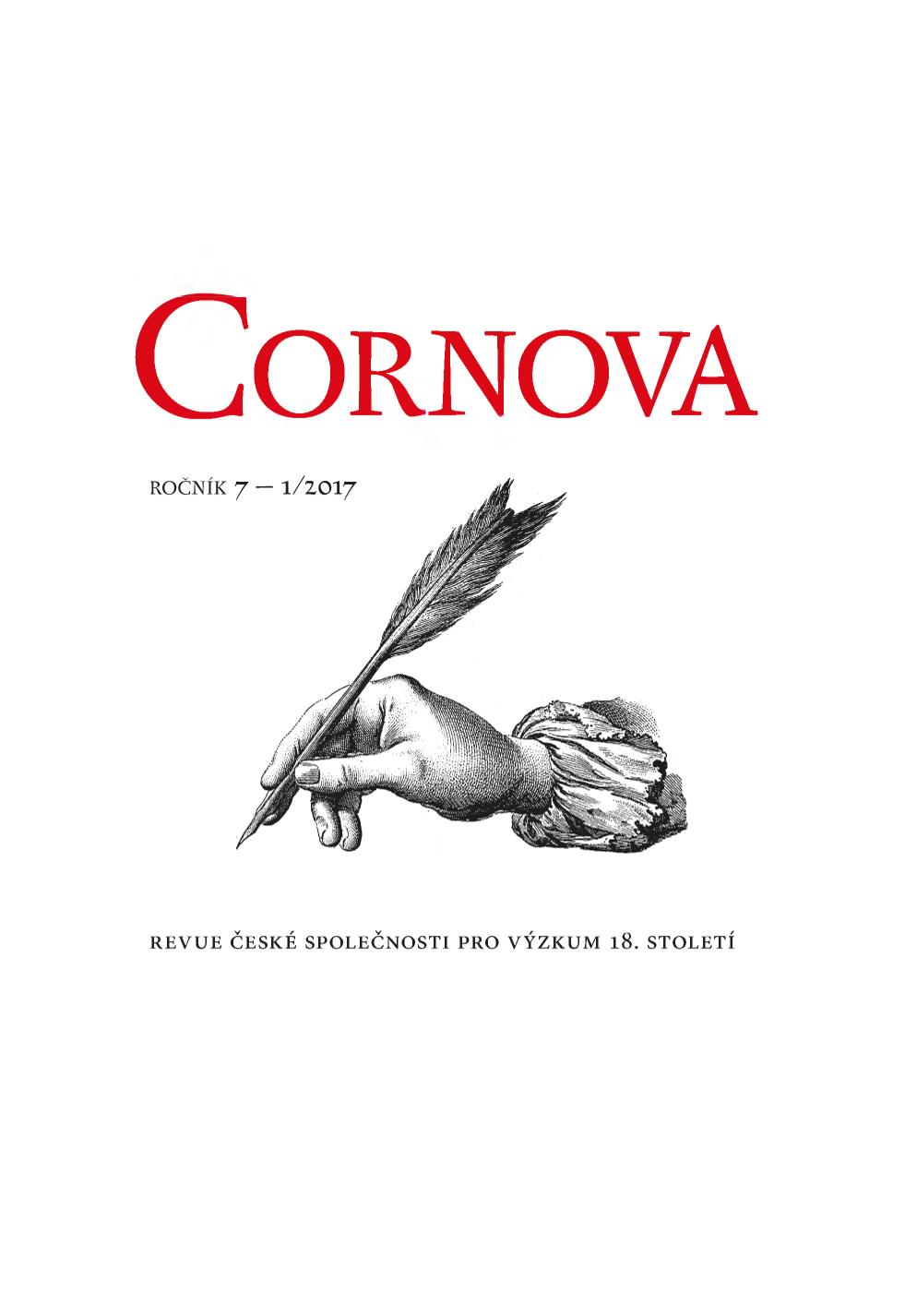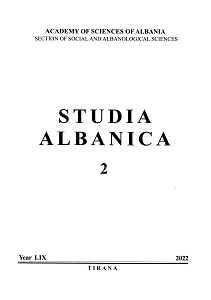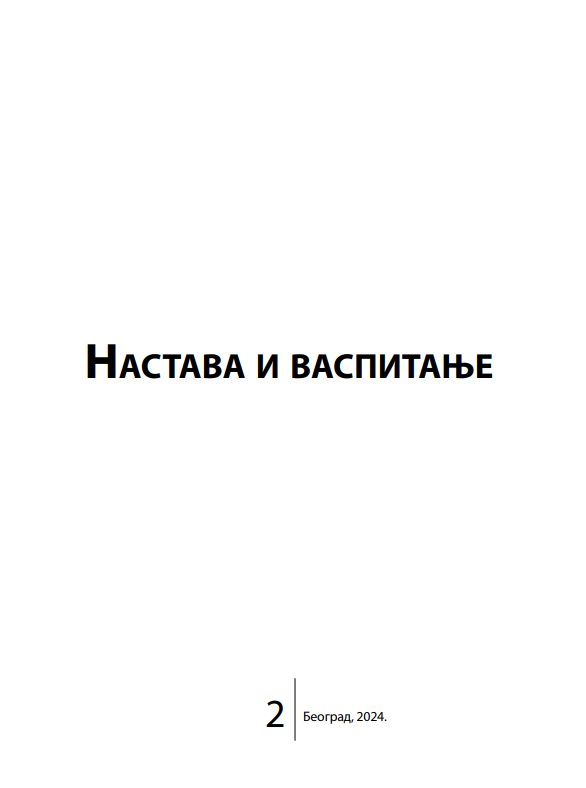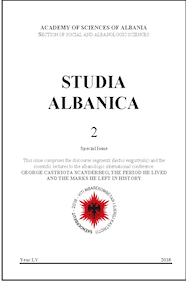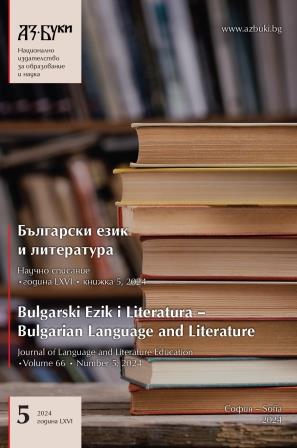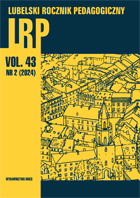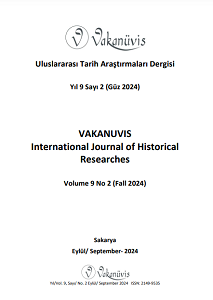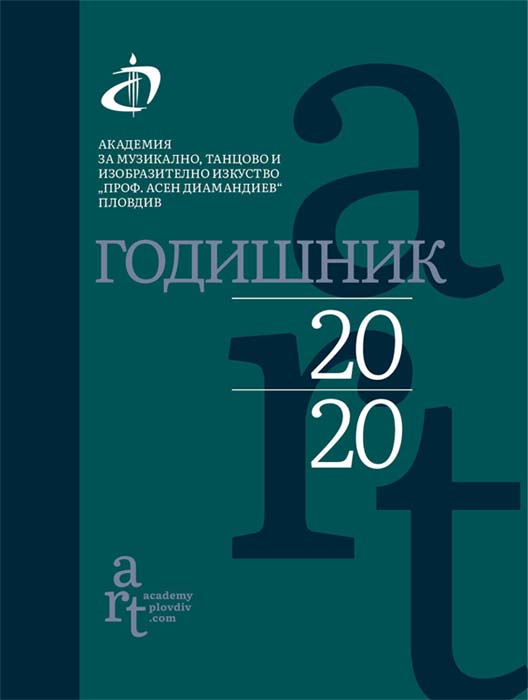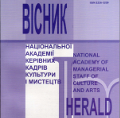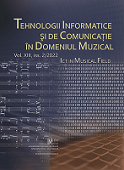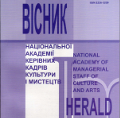Author(s): Umut C. Karadoğan,Hürol Erbay / Language(s): Turkish
Issue: 2/2024
Opera is a musical theatrical branch that takes its narration from mythology, history or daily life, is presented on a stage with a polyphonic orchestra, using all the subtleties of drama, dance and music arts, and is a combination of the "fine" artistic approach, in which the lines are sung accompanied by songs. It is known that opera, the first examples of which were seen in Florence, Italy, at the end of the 16th century, reached Germany, England and France, and then all over Europe, from the 17th century onwards. In the Ottoman Empire, European style polyphonic music and opera were the result of the interest that arose among the sultans (Selim III, Mahmud II, Sultan Abdülmecid, Sultan Abdulaziz, Abdulhamid II) as a result of the ambassadors sent abroad after the 18th century and the reports they prepared. From the first years of the 19th century, its name began to be heard and its influence began to be seen, as foreign communities came and performed their arts, first in Istanbul and then in Izmir. In Republican Turkey, the administrative level of the period was closely interested in this branch of art, realized the influence of "fine arts" in the country's harmonization process with Europe, and in order to increase the interest of young people in opera, in other words, European music, modern conservatories were established and students were sent abroad. Importance was given to inviting famous foreign artists of the period to the country. In the study, it is aimed to convey the influence of the European style of art, which started in the Ottoman geography and palace since the 19th century, and the changes and developments experienced in its transfer to Republican Turkey, throughout the historical process. For this reason, efforts were made to benefit from archive documents, first-hand sources, as well as other printed works related to the subject, in the study.
More...
